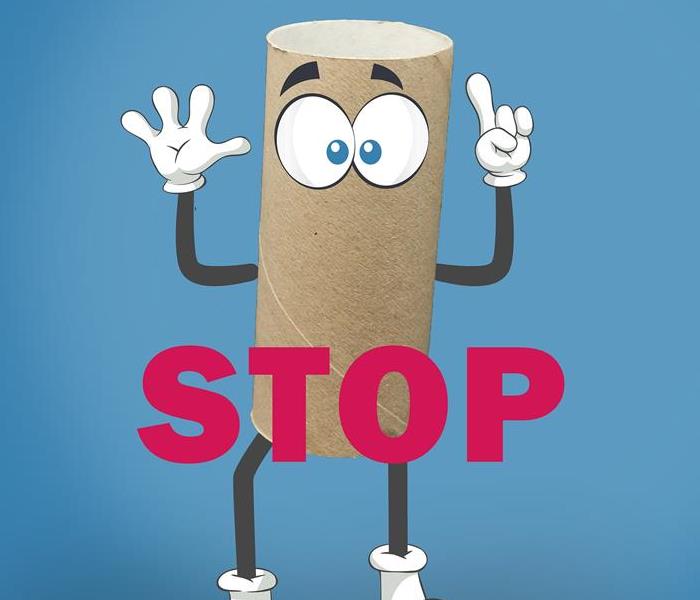Managing an overflowing toilet
10/29/2021 (Permalink)
We’ve all been there! Clogged pipes, leaky faucets, and overflowing toilets are all common enough problems that you shouldn't be too surprised when happening to you. The toilet overflow presents a messy challenge for homeowners because it introduces the possibility of sewer damage. If your toilet starts running over, consider following these basic steps.
- Stop the water. Your first priority should be to stop the water. Most toilets have a shut-off valve at the base. Check to see if your fixture has one. If not, you can stop the water by manually manipulating the float valve in the tank. If all else fails, you can turn off your home's water and turn on the faucet at the lowest point in your home until the water stops.
- Get some help. Once the initial onslaught of water has been stopped, you need to call in a water restoration expert to help you assess the damage. This professional can help you figure out why the toilet started to overflow. The team will also create a sewer damage cleanup plan to help you get your bathroom back to normal.
- Remove the water. Leaving standing water in any part of your home is unwise. The water damage team will likely remove the water as soon as they can. This helps reduce the secondary damage, such as mold growth and material contamination, that can happen as a result of a flooded toilet.
- Fix the toilet. Chances are your toilet overflowed for a reason. The most common reason is a clog. Work closely with a plumber to remove the blockage from the pipes.





 24/7 Emergency Service
24/7 Emergency Service
